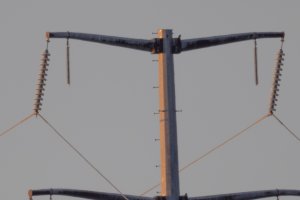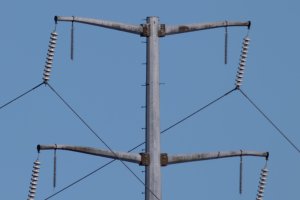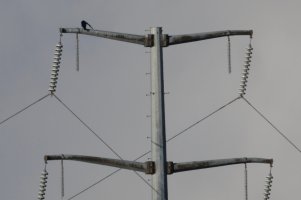Very true about a 30+ year old FD lens. I probably will end up with the RF 800 f/11 eventually, I just want to look at alternatives. I have a 10" f/4.7 telescope (1200mm FL), but it's a dobsonian mount and the tube is too big for an equatorial mount, at least any mount that I would want to buy and lug around. I've thought about something like a 5" Celestron Schmidt-Cassegrain telescope (1250mm f/10), but I've had SCT's before and they need frequent collimation adjustment, and it's a constant struggle to keep dew from forming on the front corrector.The FD 800L is even heavier than my EF 800L and I don't think it will be any sharper than the RF800 f/11 and maybe just about match it after you stop the FD down to f/11. Trust me, using an 800mm without stabilization is very challenging. You need a really good tripod and NO wind to get decent results. One of the big features on the EF 800L is that the IS is tripod sensing and continues to work correctly on a tripod. I haven't tried the RF 800 f/11 on a tripod to see if it has that feature, but I have seen no claim that it does. OTOH, it works so well handheld that I have never seen the need for a tripod. For astro, you would turn off the IS in most cases, but for terrestrial shots, it is awesome. I did look at an FD 800L before I bought the EF 800, but that was before Canon mirrorless and FD to EF has the same -2mm flange distance problem that M to R has so I passed. Also good to remember that there is no sensible way to get one of the big FD lenses repaired as all repair parts are long gone at Canon. That makes the investment less attractive.
Upvote
0






